How To Protect Succulents And Cacti From Rain
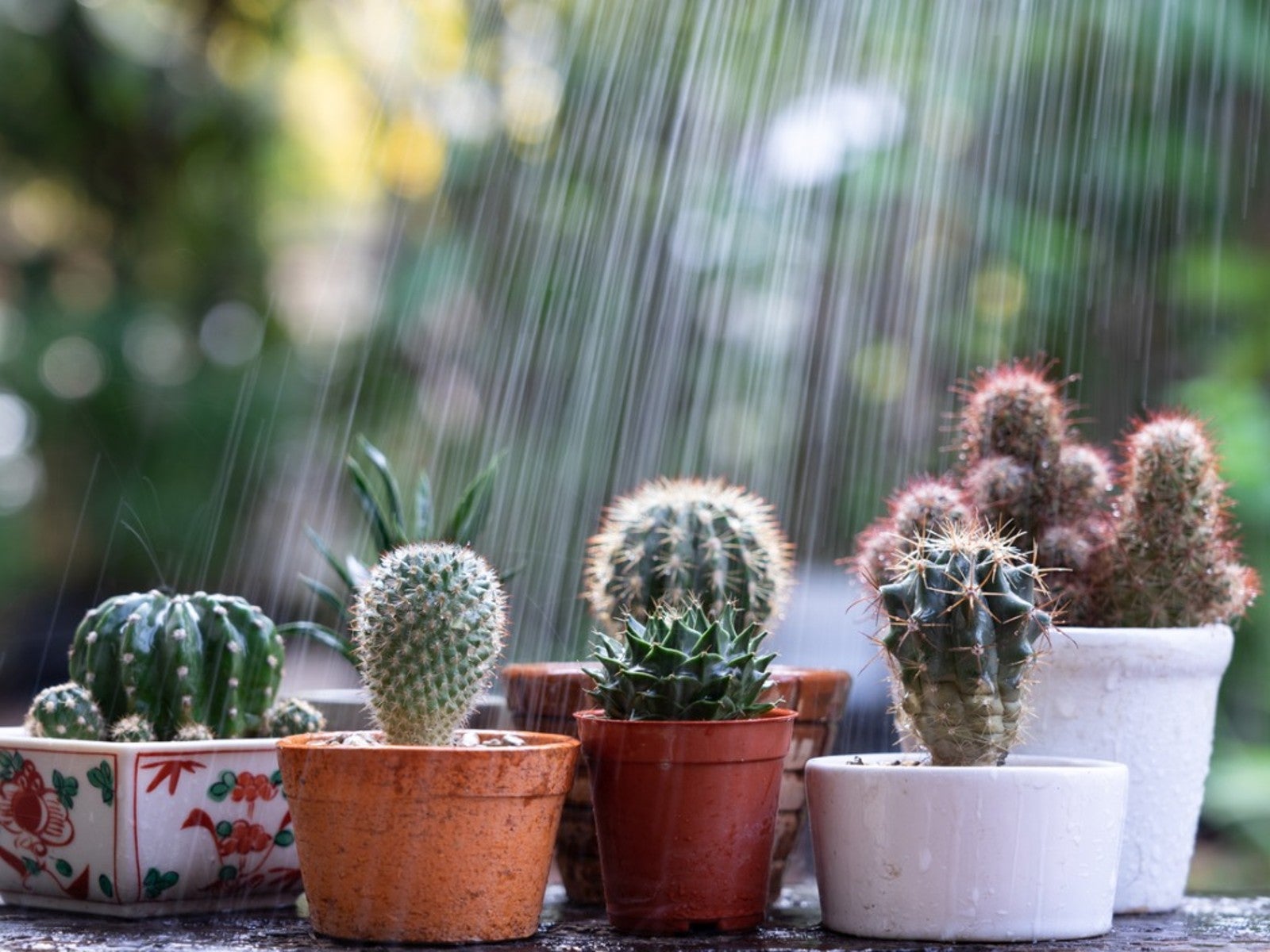

We like to keep cacti growing in a dry area, planted in well-draining soil to keep them alive and even thriving. But, what can we do about unexpected rain? Make plans for protection, so a rainstorm doesn’t result in the loss of many plants.
Protect Succulents From Rain
The most obvious means of protecting cacti and succulents from rain is to grow them in containers with drainage holes. Container-planted specimens can then be moved to an area of protection whenever heavy or long-lasting rain is expected to fall.
These plants have adapted to survive on limited water. Conditions to which they are native are often hot dry deserts. Succulent leaves have also adapted to storing water for future use. When you see succulent plants with plump, fat leaves, this means they are storing water for their needs later on.
Cacti are even better at storing water than most succulents. They contain water storage cells allowing some desert cacti to store water as long as two years. These plants have evolved into long-lasting water storage units. Consequently, a few days or even weeks of storage out of the rain won’t create a problem for the plants.
Get the Soil Right for the Plants
Leaving cactus in more than a brief shower, however, presents the possibility of some damage. Even when planted in the appropriate soil, a cactus won’t survive for very long in wet soil. Creating a rain shelter for succulents and cacti is sometimes necessary if they are planted in the ground in an area where rainfall may occur regularly.
Amend cactus soil with coarse sand, pumice chips or small gravel. This helps increase drainage capabilities. Use it in containers and your ground beds.
Building berms or raised beds in conjunction with a rainproof covering and sides might be required to keep cacti alive following rainy days. If you have a slight slope in your yard, take advantage and consider putting a bed there. Of course, you can cover the plants individually with buckets or those milk jugs you might’ve put up for late winter growing. But there’s no guarantee that the soil underneath will remain dry.
Gardening tips, videos, info and more delivered right to your inbox!
Sign up for the Gardening Know How newsletter today and receive a free copy of our e-book "How to Grow Delicious Tomatoes".
Leaving cactus in the rain can be risky. If you leave them out to get a full rainfall, check the next couple days afterward to make sure the soil has drained well and is drying out. If not, it is sometimes easier to replant in dry soil than to chance the possibility of root rot. If you notice this rot starting to happen, cut out the damaged parts and replant.
Prepare ahead of time, as much as possible, for ways to protect cacti and succulents from heavy rain. An outside building or covered porch is sometimes the best solution. If necessary, bring them into the kitchen or laundry room during heavy rainfall.

Becca Badgett was a regular contributor to Gardening Know How for ten years. Co-author of the book How to Grow an EMERGENCY Garden, Becca specializes in succulent and cactus gardening.
-
 Types Of Tomatoes Explained: Explore The Many Wonderful Shapes, Colors, Flavors, & Best Uses
Types Of Tomatoes Explained: Explore The Many Wonderful Shapes, Colors, Flavors, & Best UsesThe world of tomato varieties is vast and fascinating. Learn about the key types to grow in your garden, tailored to your preferences and space.
By Amy Grant
-
 Try The Trend – Turn Any Bed Into A Keyhole Garden With This Clever In-Ground Composter
Try The Trend – Turn Any Bed Into A Keyhole Garden With This Clever In-Ground ComposterKeyhole gardening is an efficient and sustainable practice that saves space. Get started on this DIY project quickly and easily with an in-ground composter.
By Bonnie L. Grant
-
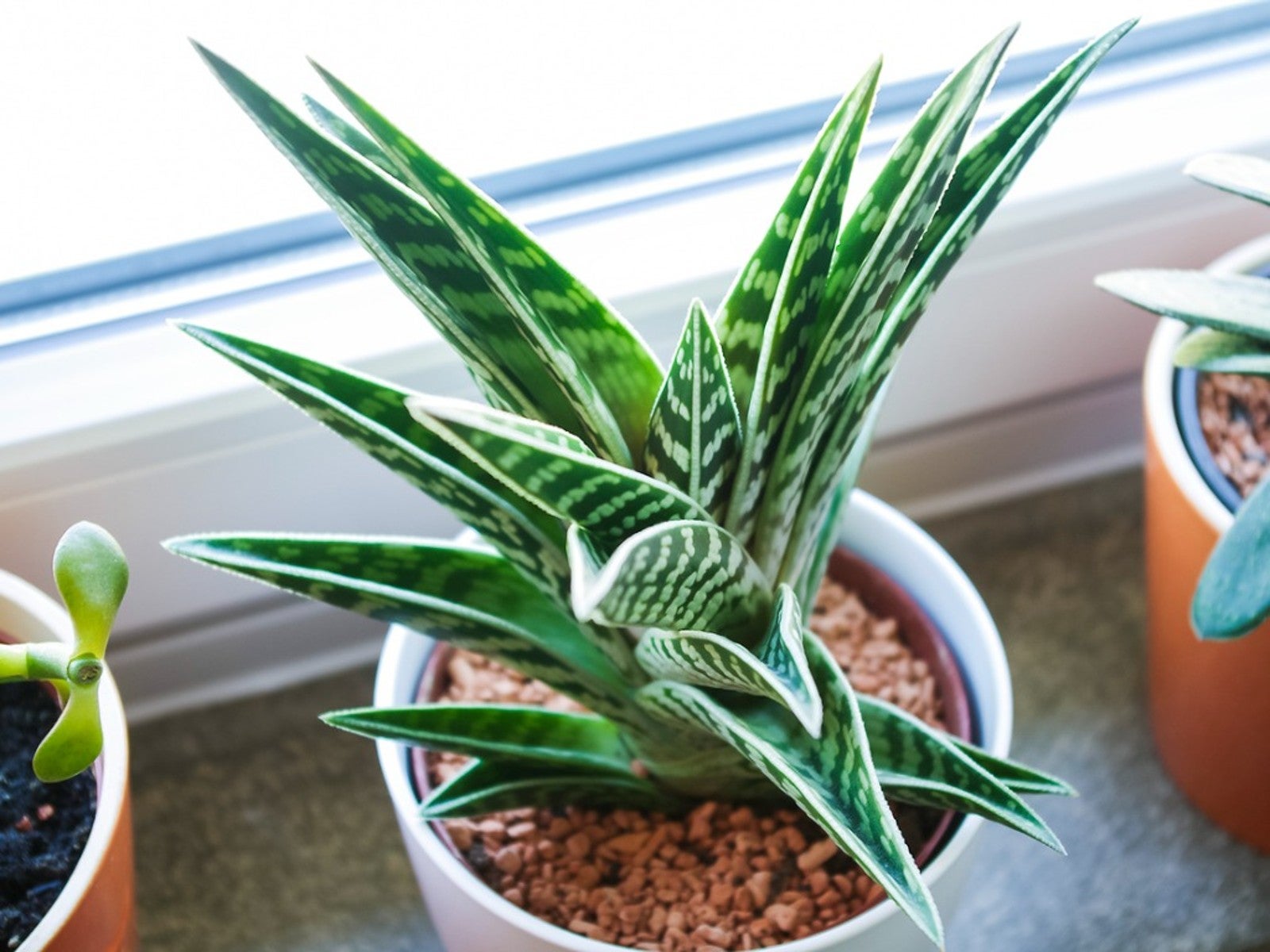 Variegated Succulents To Add To Your Plant Collection
Variegated Succulents To Add To Your Plant CollectionRead about some of the pretty variegated species that add beauty and interest to your succulent collection.
By Becca Badgett
-
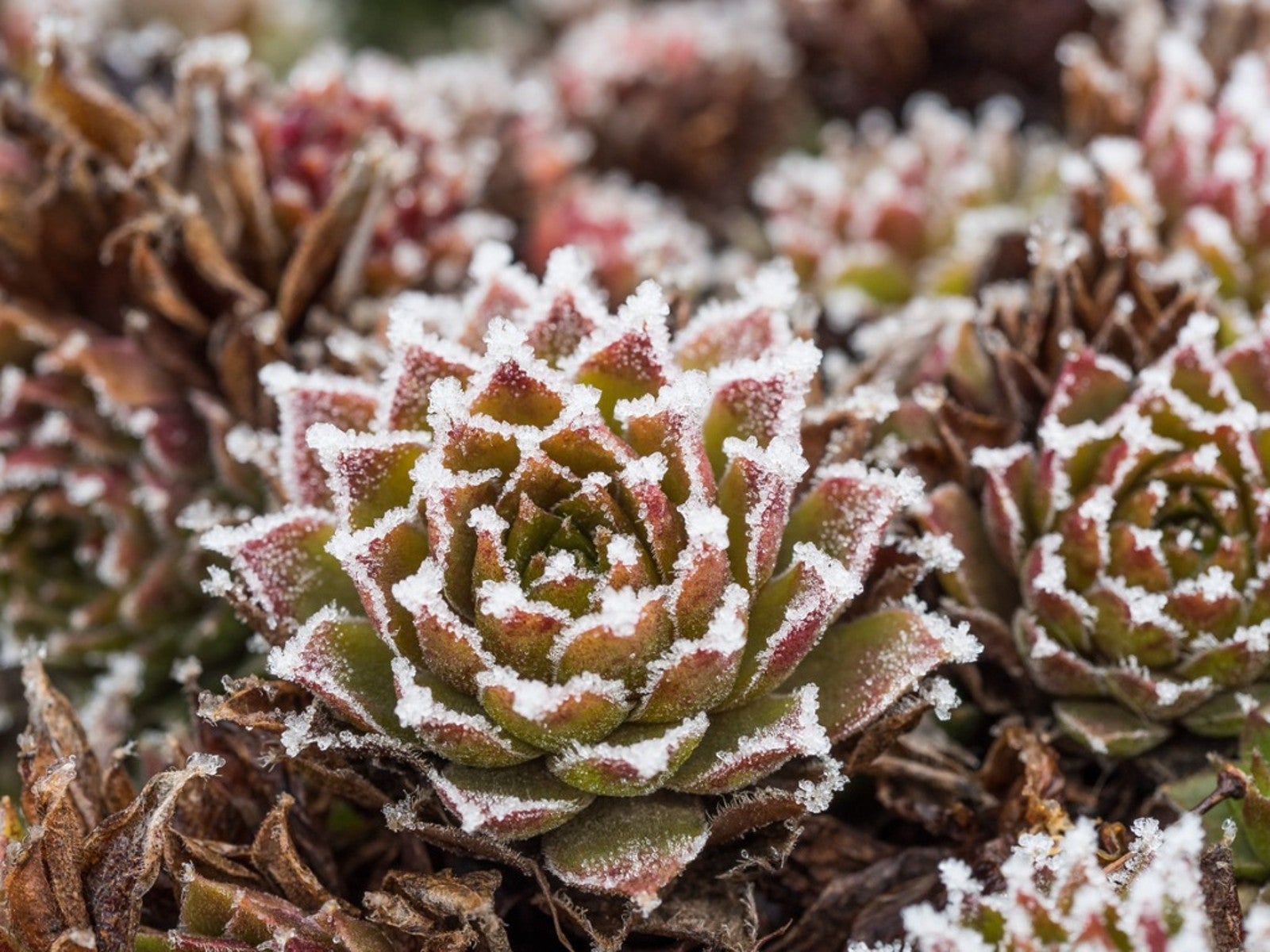 Succulents and Frost: How To Save A Succulent From Frost Or Freeze
Succulents and Frost: How To Save A Succulent From Frost Or FreezeCan succulents withstand cold? Succulents and frost don't traditionally go together and can result in damage, but you may be able to save frozen succulents.
By Bonnie L. Grant
-
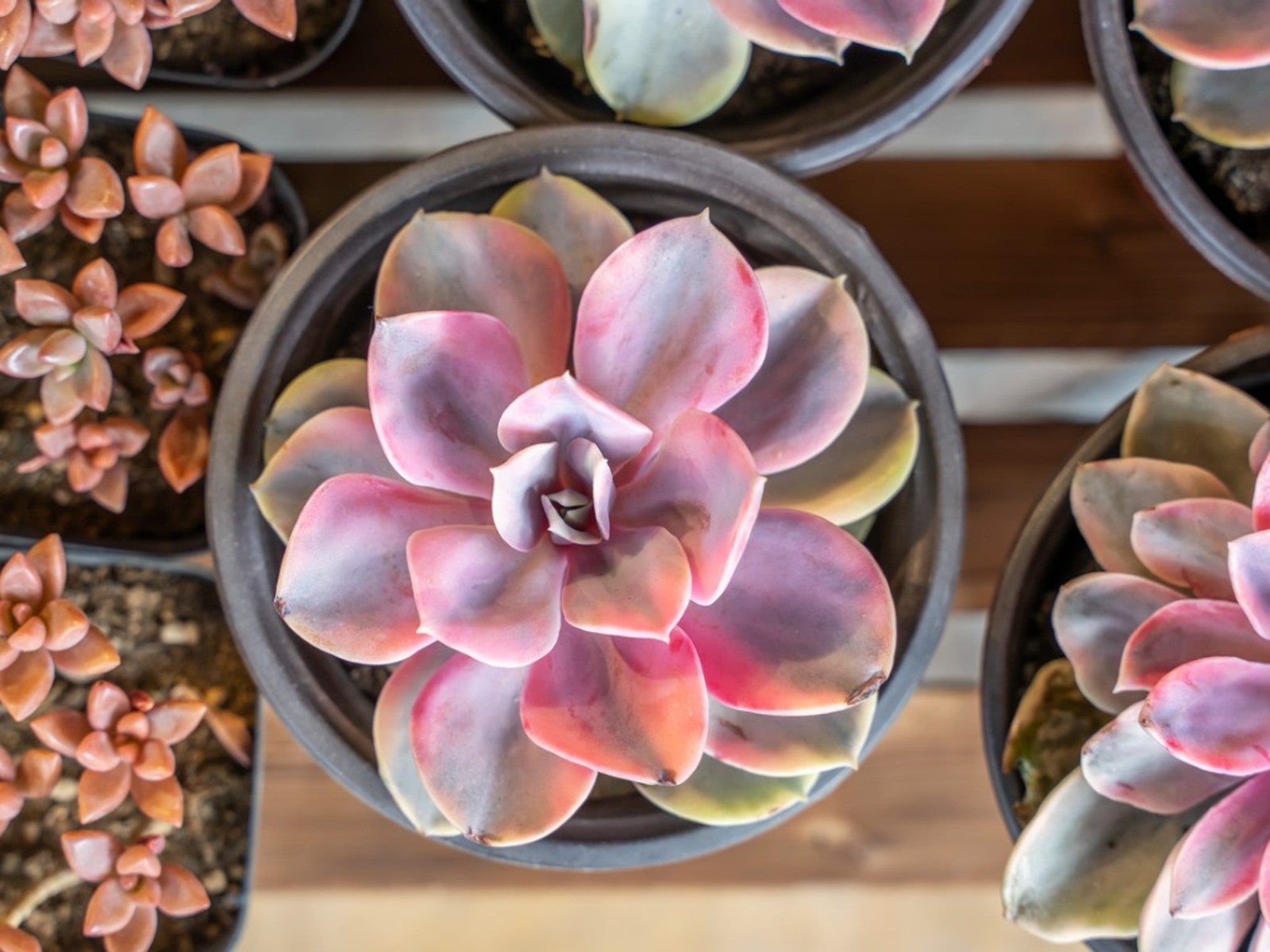 Pink Succulents Varieties To Try: How To Grow Perfect Pink Succulent Plants
Pink Succulents Varieties To Try: How To Grow Perfect Pink Succulent PlantsPink succulents may display the color on leaf edges or with streaks or blotches mingled throughout the foliage. Here are our favorites.
By Becca Badgett
-
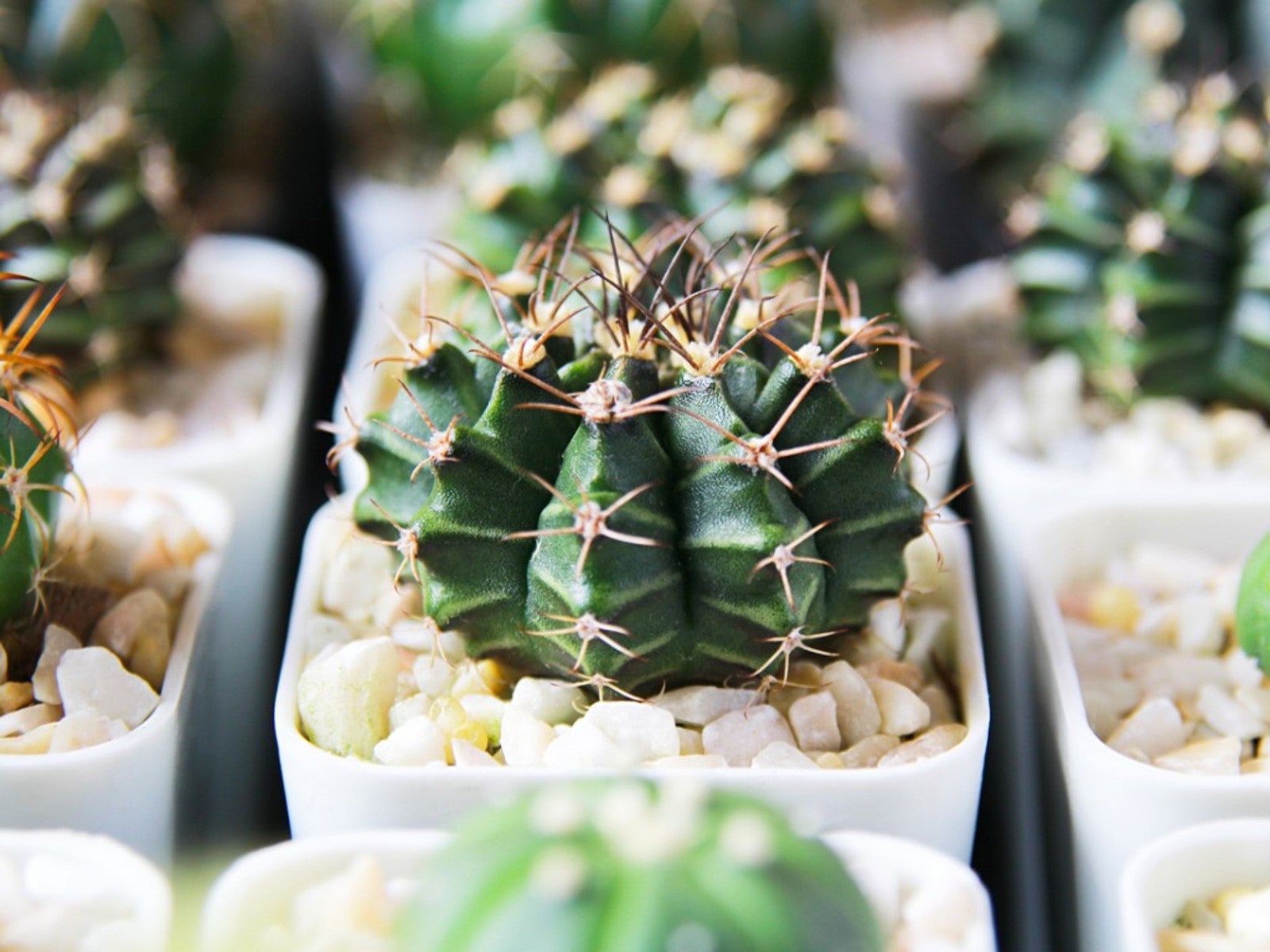 10 No Fuss Cacti - What’s The Best Low Maintenance Cactus
10 No Fuss Cacti - What’s The Best Low Maintenance CactusIf you’re thinking of adding plants to your collection, consider no fuss cacti. Click here for an easy cacti list, even for beginners.
By Becca Badgett
-
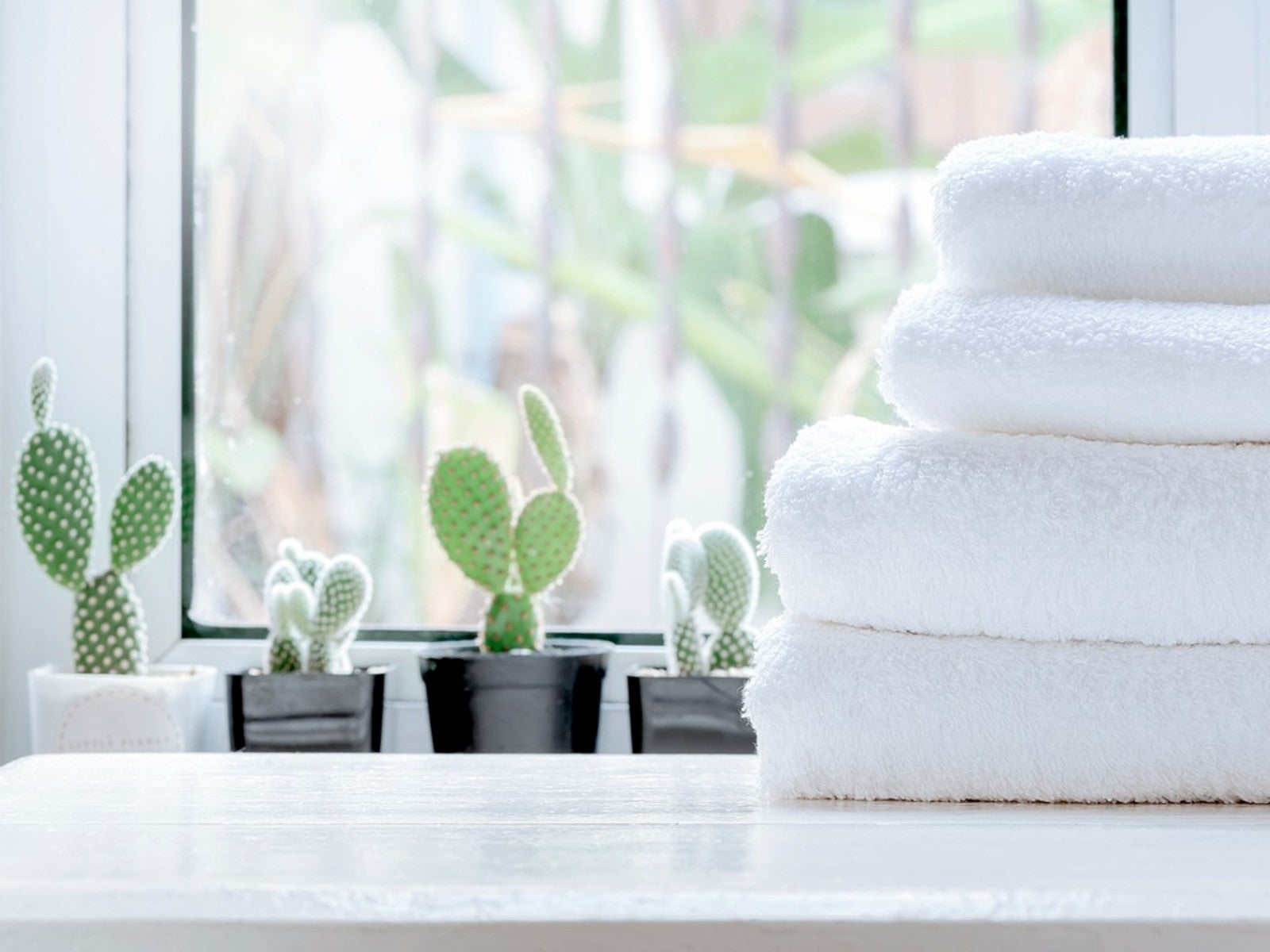 5 Best Succulents For A Bathroom
5 Best Succulents For A BathroomSome succulents can be great options for bathroom decoration. Read on for our top five bathroom succulent ideas.
By Becca Badgett
-
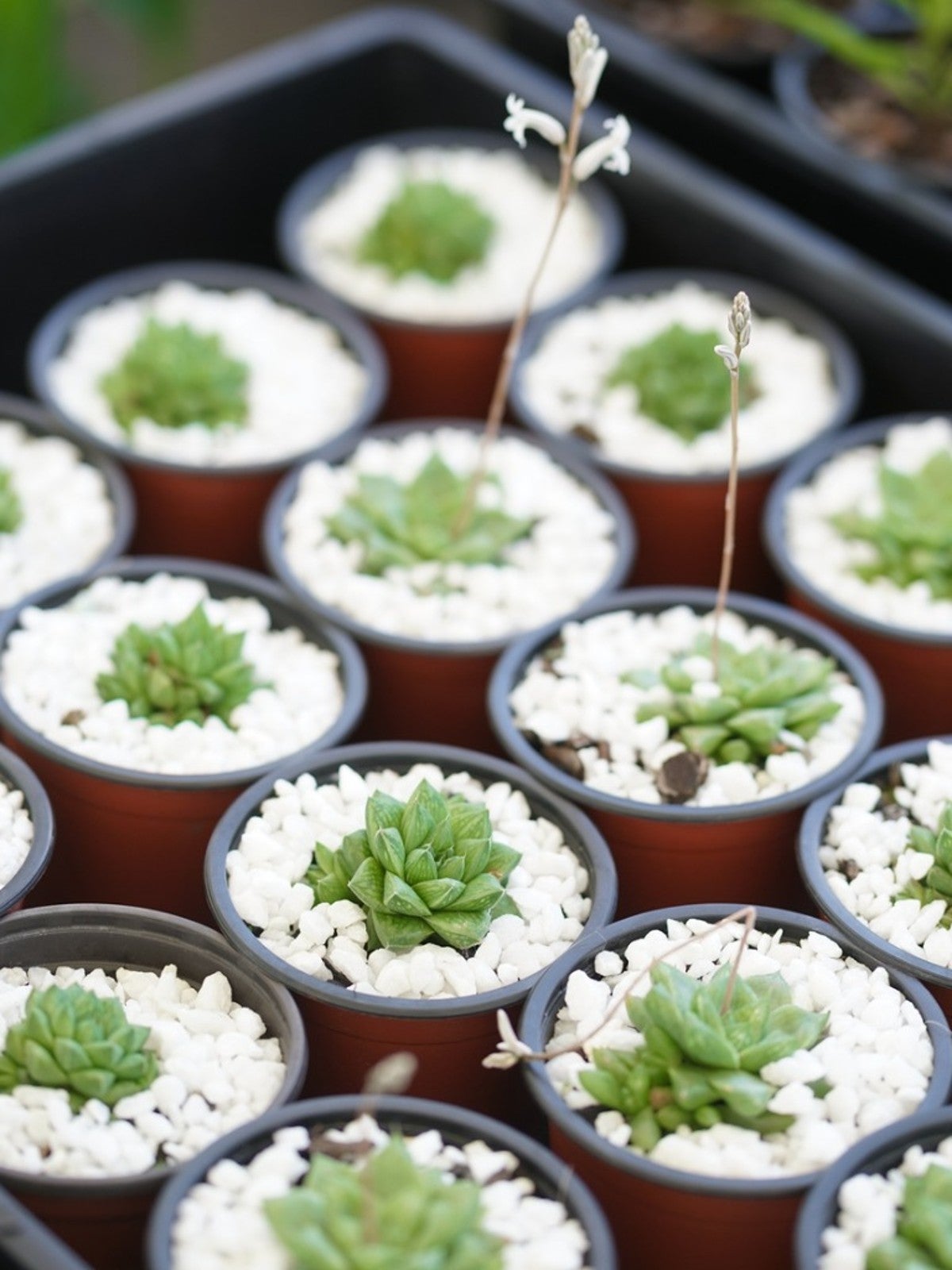 What Is A Succulent Starter Kit - Best Succulent Starter Kits
What Is A Succulent Starter Kit - Best Succulent Starter KitsWhile garden kits are not the most inexpensive option for growing succulents, they do include everything you’ll need. Grow succulents from seed by using a succulent seed starter kit to learn the process and to check your results.
By Becca Badgett
-
 Dazzling Succulents - Succulents With Striking Flowers
Dazzling Succulents - Succulents With Striking FlowersWhen you think of succulents you may just envision their unique leaves and stems. But succulents also produce bright and bold flowers in the right conditions. Read on to learn more.
By Bonnie L. Grant
-
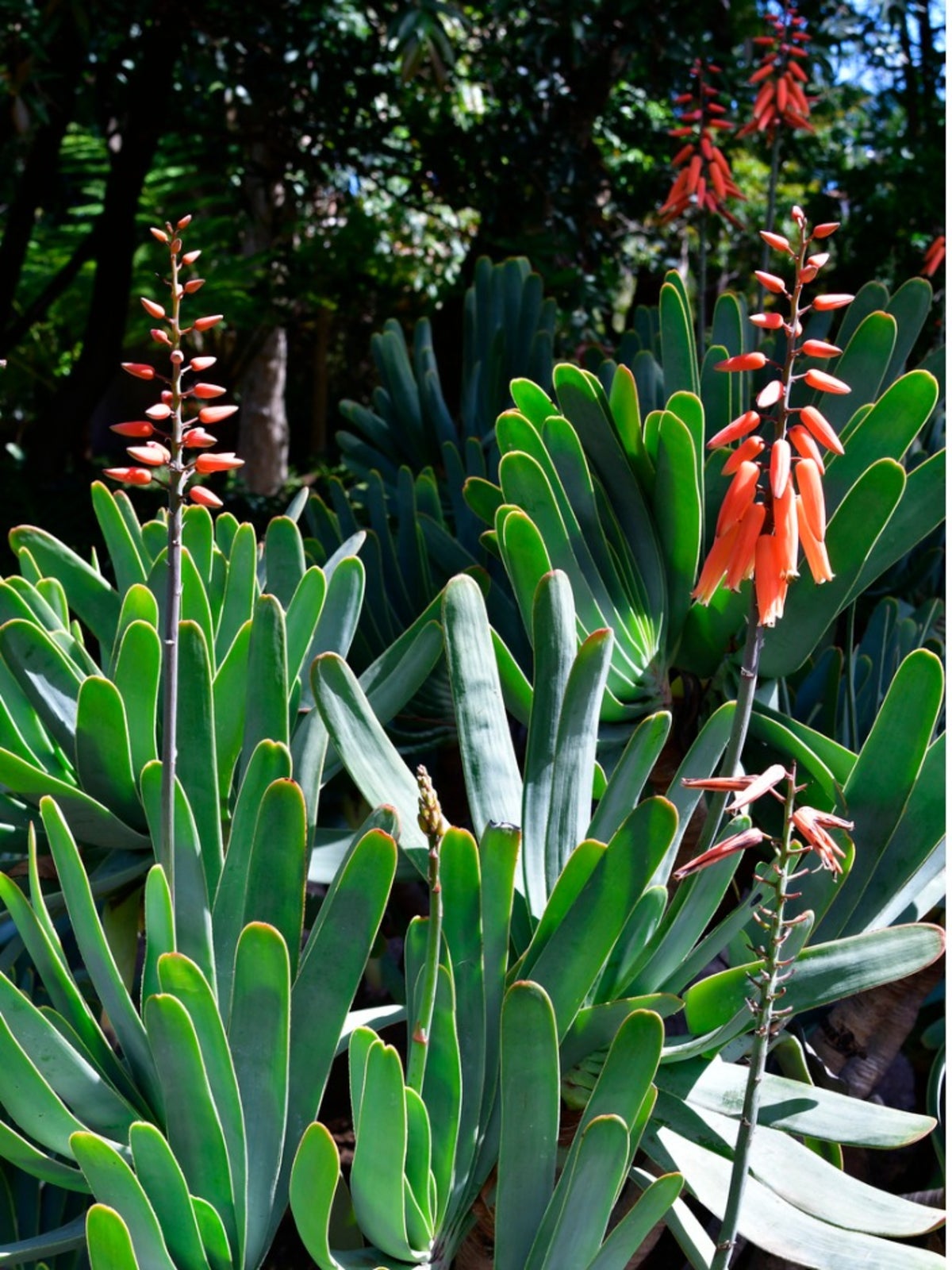 Fan Aloe Care Guide - What Is A Fan Aloe Plant
Fan Aloe Care Guide - What Is A Fan Aloe PlantMake sure you have plenty of room for this South African native. It will eventually dwarf all your other plants.
By Bonnie L. Grant